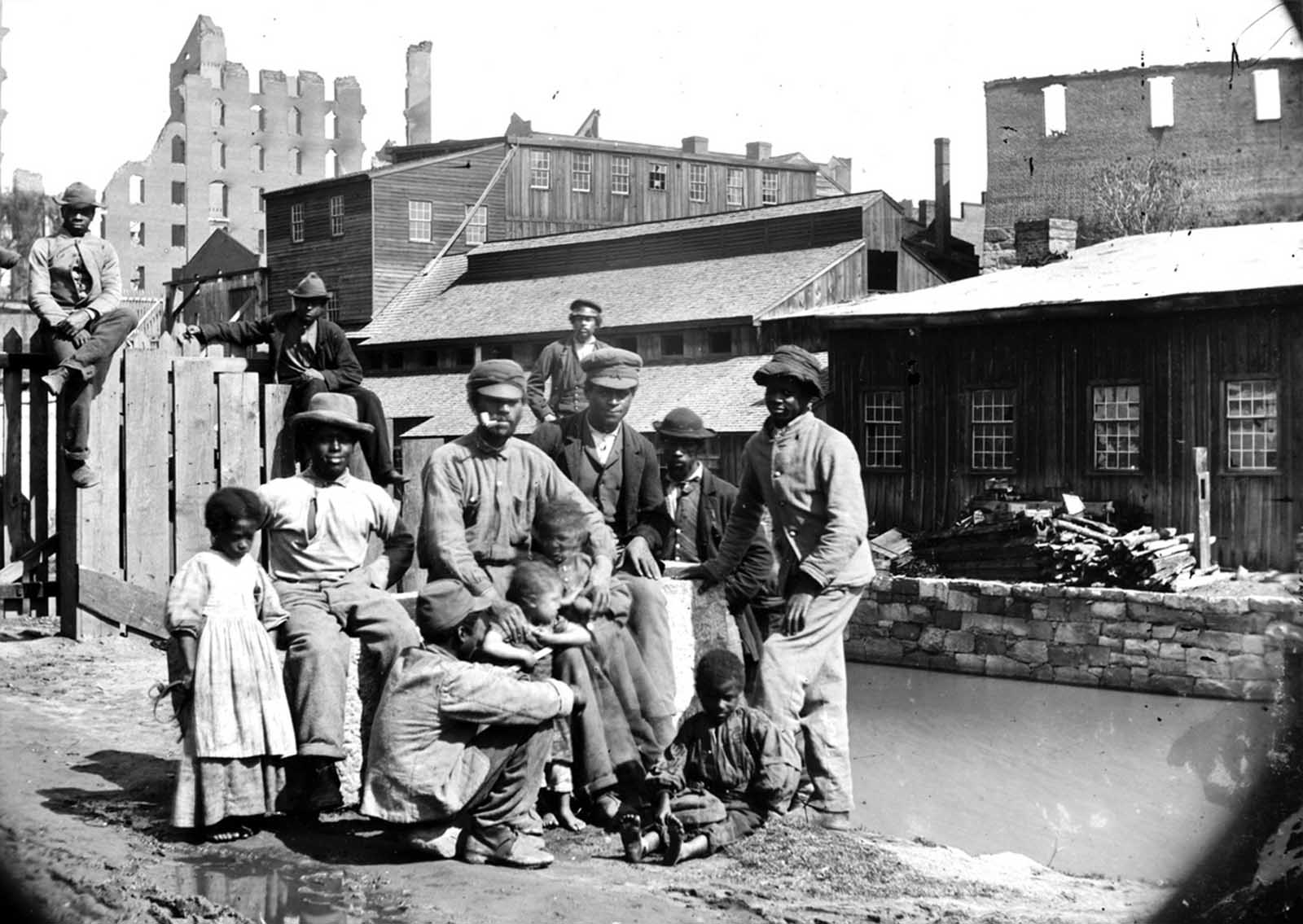The result of the Civil War was the decisive defeat of the Confederate States of America, and the eventual resumption of their status in the United States. The time period directly after the Civil War was known as the Reconstruction, a time marked by turmoil, violence, and a lot of conflict and controversy. The Reconstruction Era was not a peaceful time, there were a large number of people that tried to take advantage of the weakened South. The biggest result was the end of Slavery. The 13th Amendment called for the abolishment of slavery, and it was in support of President Lincoln’s Emancipation proclamation. In addition, the 14th and 15th Amendments to the Constitution were also passed by Congress and ratified by states, becoming law. The 13th Amendment effectively made law the ending of slavery across the United States. The 14th Amendment was enacted that said that Federal Legal Protection is available to all United States citizens, regardless of what race, color, or creed they are. This was a new policy and came as part of the aftermath and results of the Civil War. Finally, the last Amendment to the Constitution that was a result of the Civil War was the 15th Amendment. The 15th Amendment abolished all restrictions on voting and said that all U.S. Citizens would be able to vote no matter what race they were. Despite the ending of the Civil War 1865, it took another 12 years for most states to successfully make the transition back into the United States. Reconstruction began during the war, with the Emancipation Proclamation of January 1, 1863, and it continued until 1877. It comprised multiple complex methods to resolve the outstanding issues of the war’s aftermath, the most important of which were the three “Reconstruction Amendments” to the Constitution, which remain in effect to the present time: the 13th (1865), the 14th (1868) and the 15th (1870). From the Union perspective, the goals of Reconstruction were to consolidate the Union victory on the battlefield by reuniting the Union; to guarantee a “republican form of government for the ex-Confederate states, and to permanently end slavery—and prevent semi-slavery status. The Reconstruction was ended finally by the Compromise of 1877, when Federal Troops were removed from the South and Rutherford B. Hayes was elected as U.S. President. (Photo credit: Library of Congress). Notify me of new posts by email.
Δ Subscribe



















